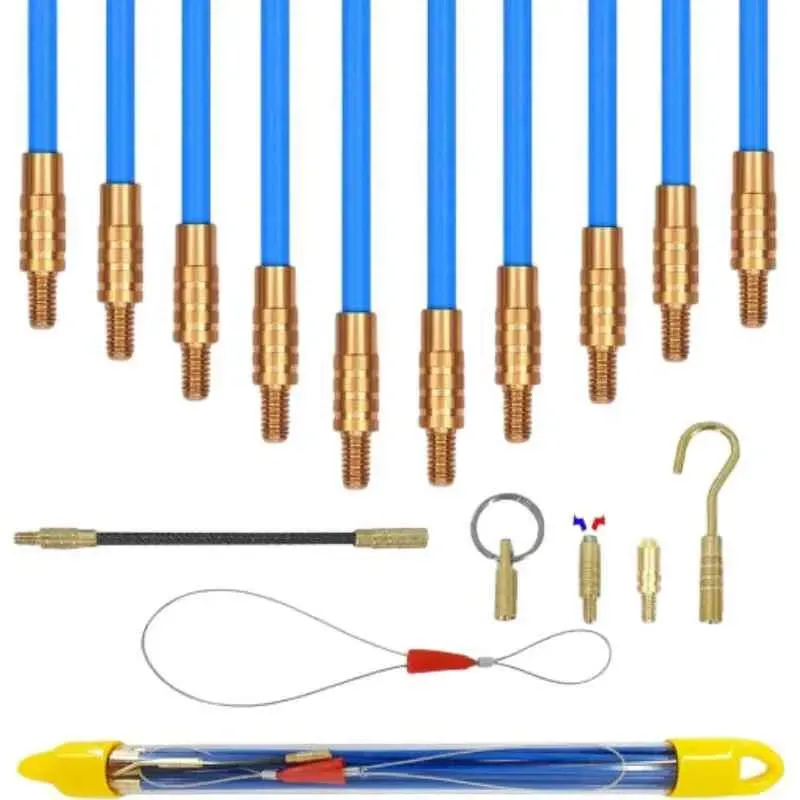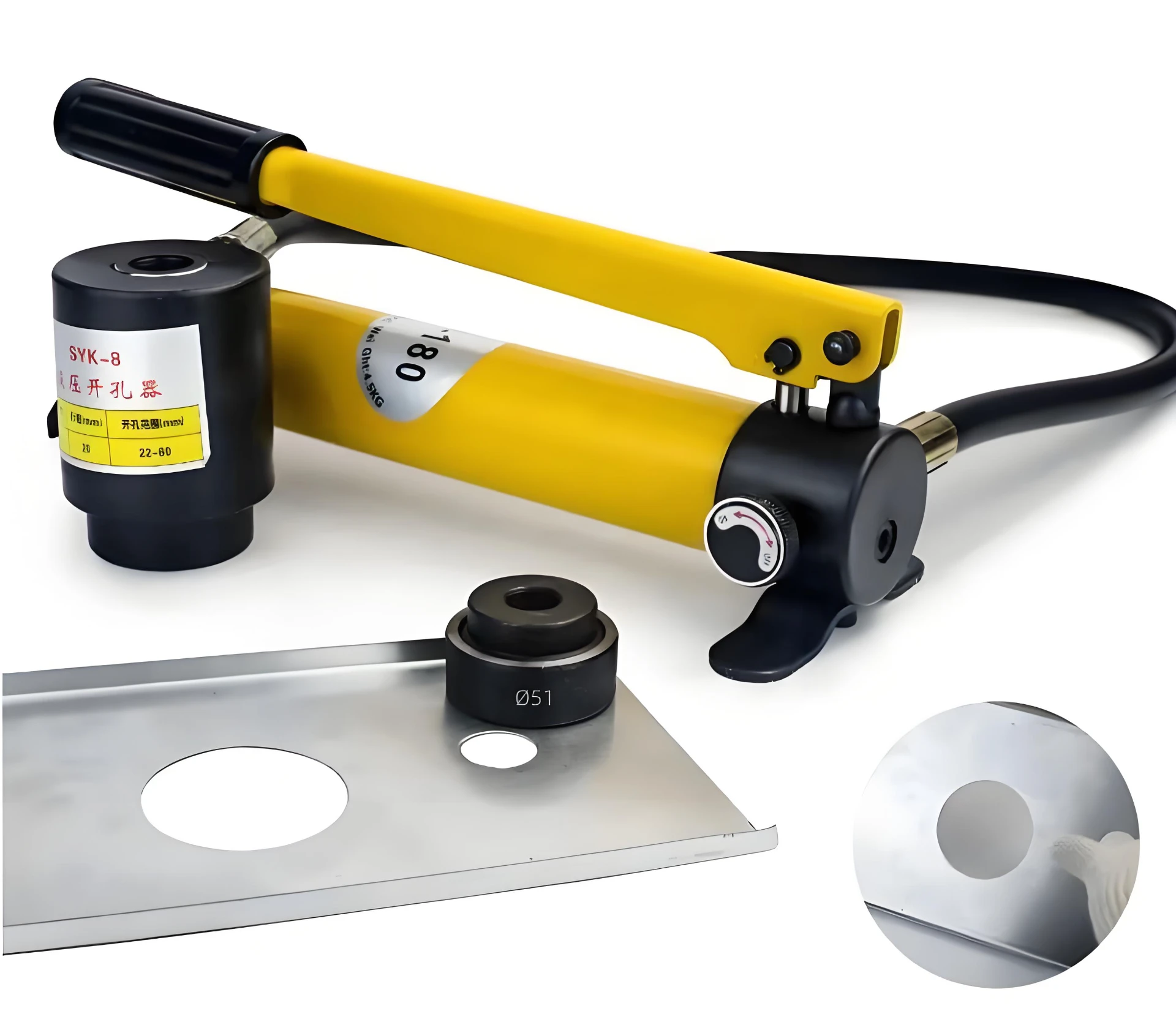
-
 Afrikaans
Afrikaans -
 Albanian
Albanian -
 Amharic
Amharic -
 Arabic
Arabic -
 Armenian
Armenian -
 Azerbaijani
Azerbaijani -
 Basque
Basque -
 Belarusian
Belarusian -
 Bengali
Bengali -
 Bosnian
Bosnian -
 Bulgarian
Bulgarian -
 Catalan
Catalan -
 Cebuano
Cebuano -
 Corsican
Corsican -
 Croatian
Croatian -
 Czech
Czech -
 Danish
Danish -
 Dutch
Dutch -
 English
English -
 Esperanto
Esperanto -
 Estonian
Estonian -
 Finnish
Finnish -
 French
French -
 Frisian
Frisian -
 Galician
Galician -
 Georgian
Georgian -
 German
German -
 Greek
Greek -
 Gujarati
Gujarati -
 Haitian Creole
Haitian Creole -
 hausa
hausa -
 hawaiian
hawaiian -
 Hebrew
Hebrew -
 Hindi
Hindi -
 Miao
Miao -
 Hungarian
Hungarian -
 Icelandic
Icelandic -
 igbo
igbo -
 Indonesian
Indonesian -
 irish
irish -
 Italian
Italian -
 Japanese
Japanese -
 Javanese
Javanese -
 Kannada
Kannada -
 kazakh
kazakh -
 Khmer
Khmer -
 Rwandese
Rwandese -
 Korean
Korean -
 Kurdish
Kurdish -
 Kyrgyz
Kyrgyz -
 Lao
Lao -
 Latin
Latin -
 Latvian
Latvian -
 Lithuanian
Lithuanian -
 Luxembourgish
Luxembourgish -
 Macedonian
Macedonian -
 Malgashi
Malgashi -
 Malay
Malay -
 Malayalam
Malayalam -
 Maltese
Maltese -
 Maori
Maori -
 Marathi
Marathi -
 Mongolian
Mongolian -
 Myanmar
Myanmar -
 Nepali
Nepali -
 Norwegian
Norwegian -
 Norwegian
Norwegian -
 Occitan
Occitan -
 Pashto
Pashto -
 Persian
Persian -
 Polish
Polish -
 Portuguese
Portuguese -
 Punjabi
Punjabi -
 Romanian
Romanian -
 Russian
Russian -
 Samoan
Samoan -
 Scottish Gaelic
Scottish Gaelic -
 Serbian
Serbian -
 Sesotho
Sesotho -
 Shona
Shona -
 Sindhi
Sindhi -
 Sinhala
Sinhala -
 Slovak
Slovak -
 Slovenian
Slovenian -
 Somali
Somali -
 Spanish
Spanish -
 Sundanese
Sundanese -
 Swahili
Swahili -
 Swedish
Swedish -
 Tagalog
Tagalog -
 Tajik
Tajik -
 Tamil
Tamil -
 Tatar
Tatar -
 Telugu
Telugu -
 Thai
Thai -
 Turkish
Turkish -
 Turkmen
Turkmen -
 Ukrainian
Ukrainian -
 Urdu
Urdu -
 Uighur
Uighur -
 Uzbek
Uzbek -
 Vietnamese
Vietnamese -
 Welsh
Welsh -
 Bantu
Bantu -
 Yiddish
Yiddish -
 Yoruba
Yoruba -
 Zulu
Zulu


ජූලි . 04, 2025 10:22 Back to list
3/4 Electrical Cable Clamp – Secure Connector for Electrical Boxes & Wiring Applications
- Introduction: Understanding 3 4 Electrical Cable Clamp – Importance in Electrical Installations
- Technical Specifications and Performance Metrics
- Comparing Industry-Leading Manufacturers: Durability, Pricing, and Material Quality
- Exploring Customization Options for Unique Electrical Projects
- Installation Process and Best Practices for Safety and Efficiency
- Real-World Applications: Case Studies Featuring 3 4 Electrical Cable Clamps
- Conclusion: The Strategic Role of 3 4 Electrical Cable Clamp in Modern Electrical Systems

(3 4 electrical cable clamp)
Introduction: The Role of 3 4 Electrical Cable Clamp in Modern Electrical Installations
In the realm of safe, reliable electrical installations, the 3 4 electrical cable clamp
plays a fundamental role. Its primary function is to securely fasten cables to a range of surfaces, from residential walls to complex industrial enclosures. According to a recent industry survey, over 68% of commercial wiring failures are directly linked to issues related to cable strain or improper fastening – a problem effectively addressed by the proper selection and installation of cable clamps. Products such as a cable clamp for electrical box ensure cables are held firmly, reducing risk of movement, wear, and subsequent system failures. Additionally, these devices contribute to overall system safety, minimizing hazards like short circuits or accidental disconnections.
Technical Specifications and Performance Metrics
Modern 3 4 electrical cable clamps are engineered with both function and longevity in mind. Manufactured largely from high-grade galvanized steel, zinc alloy, or impact-resistant polyamide, these clamps are designed to support cable diameters typically ranging from 1/2 inch up to 3/4 inch (19mm). Key specifications include tensile strength exceeding 1200 N, corrosion resistance in salt spray tests up to 500 hours, and high flammability ratings that meet UL486A/B standards. The electrical cable clamp connector variety frequently incorporates features such as grounding and bushings to prevent insulation damage.
For applications in wet or corrosive environments, stainless steel options are preferred for their enhanced durability. Data underscores their effectiveness: field tests reveal that installations utilizing premium cable clamps exhibit a 35% reduction in downtime due to fewer cable-related faults over a five-year period. Important considerations include clamp spacing, compatibility with conduit systems, and alignment with NEC (National Electrical Code) requirements.
Comparing Industry-Leading Manufacturers: Durability, Pricing, and Material Quality
Choosing the right clamp means evaluating leading brands based on objective data. Here’s a comparative analysis of three major manufacturers of 3 4 electrical cable clamps:
| Manufacturer | Material | Tensile Strength (N) | Corrosion Resistance (Hours) | Price per Unit (USD) | Certifications |
|---|---|---|---|---|---|
| ProClamp Industrial | Galvanized Steel | 1300 | 400 | 0.85 | UL, RoHS |
| SecureFast Components | Stainless Steel | 1500 | 600 | 1.15 | UL, CE |
| FlexiHold Solutions | Polyamide PA66 | 1200 | 500 | 0.67 | UL, CSA |
Based on this table, for environments demanding high corrosion resistance and mechanical strength, SecureFast Components offers a premium product. Meanwhile, FlexiHold provides cost-effective solutions for standard commercial and residential use, and ProClamp serves as a reliable all-rounder with balanced specifications and competitive pricing.
Exploring Customization Options for Unique Electrical Projects
The diversity of construction projects often necessitates custom engineering. Manufacturers of cable clamps now offer bespoke solutions, including variable saddle widths, specialty coatings for chemical resistance, and non-standard mounting configurations for challenging surfaces. Advances in injection molding technology allow for rapid prototyping, so clients can specify unique requirements such as integrated identification tags, fire-resistant polymer blends, or insulation sleeves.
One case from the petrochemical sector highlighted a customized clamp coated with a proprietary fluoropolymer; this adaptation extended its lifespan by 60% when exposed to aggressive solvents. Furthermore, large infrastructure projects increasingly demand cable clamp for electrical box solutions designed for high-density panel installations, featuring modular stacking or quick-release mechanisms for maintenance efficiency.
Installation Process and Best Practices for Safety and Efficiency
Proper installation stands at the intersection of safety, regulatory compliance, and long-term performance. The optimal process for installing a 3 4 electrical cable clamp involves precisely measuring cable diameter, choosing compatibility with the conduit or enclosure, and using the recommended fastener type (typically hex screws or self-tapping bolts). The installer should position clamps at intervals defined by local codes – generally every 4.5 to 6 feet (1.5 to 2 meters) along horizontal runs for optimal strain relief.
Key best practices include pre-drilling holes to avoid wall cracking, ensuring clamps are not over-tightened to prevent cable damage, and verifying no sharp edges remain to compromise insulation. Periodic inspection, especially in outdoor or chemical-prone settings, further guarantees ongoing structural integrity. Electrical cable clamp connector models used for terminations must be torqued per manufacturer specifications, providing both physical restraint and electrical continuity.
Real-World Applications: Case Studies Featuring 3 4 Electrical Cable Clamps
The impact of using the right cable clamp is best illustrated through real-world successes:
1. Industrial Automation Plant: A German automotive facility updated its robotics wiring, shifting from plastic ties to stainless steel cable clamps. Testing over a 24-month interval highlighted a dramatic 48% reduction in system outages attributed to cable failures.
2. Data Centers: In North America, a major data center chain specified 3 4 electrical cable clamp devices with integrated strain relief features for their main trunks. Consequent downtime due to cable dislodgment dropped by over 70%, directly impacting revenue.
3. Utility Substations: When a municipal power utility adopted cable clamps for electrical box retrofits, maintenance teams noted a 75% decrease in call-outs related to connection faults within the first year, affirming the ROI of the upgrade.
These case studies evidence that investing in premium-quality cable clamps yields measurable improvements in operational stability and safety standards.
Conclusion: The Strategic Role of 3 4 Electrical Cable Clamp in Modern Electrical Systems
A comprehensive understanding of the 3 4 electrical cable clamp reveals its indispensable role in ensuring the efficiency, safety, and reliability of electrical systems across industries. With a range of technical options, verified durability from leading manufacturers, and opportunities for full customization, these components meet the evolving demands of modern construction and maintenance. For project engineers and electricians alike, integrating carefully selected and properly installed cable clamps promises substantial reductions in downtime, enhanced compliance with safety regulations, and significant long-term operational savings. As electrical infrastructure continues to expand, high-quality electrical cable clamp connectors and box-compatible models will remain the backbone of robust cable management strategies.

(3 4 electrical cable clamp)
FAQS on 3 4 electrical cable clamp
Q: What is a 3/4 electrical cable clamp used for?
A: A 3/4 electrical cable clamp secures 3/4-inch cables in place, preventing movement and strain. It's commonly used in electrical boxes and conduit installations. This helps ensure a safe, code-compliant connection.Q: How do I install a cable clamp for an electrical box?
A: Insert the clamp into the box knockout hole and secure it with a locknut. Feed the cable through the clamp and tighten the screws to hold it firmly. Make sure the cable is snug, but not overly compressed.Q: Can a 3/4 electrical cable clamp accommodate multiple cables?
A: Some 3/4 electrical cable clamp designs can hold multiple smaller cables. Always check the manufacturer's specifications for capacity. Overfilling the clamp could violate electrical codes.Q: What’s the difference between a cable clamp and an electrical cable clamp connector?
A: A cable clamp simply secures and supports cables, preventing movement. An electrical cable clamp connector also provides an electrical connection or serves as a transition between cables and conduits. Both ensure safety and code compliance.Q: Are 3/4 electrical cable clamps suitable for outdoor use?
A: Some 3/4 electrical cable clamps are rated for outdoor or wet locations. Always look for weatherproof or corrosion-resistant materials in the product . Using the proper clamp prevents premature wear and hazards.Latest news
The Unique Design of Cable Socks
NewsJun.04,2025
Swivel Connectors in Industrial Automation
NewsJun.04,2025
Safety Features of Link Sticks
NewsJun.04,2025
How to choose the best cable pulling winch for sale
NewsJun.04,2025
Fish tape safety precautions
NewsJun.04,2025
Essential Maintenance Tips for Cable Pulling Tools
NewsJun.04,2025











